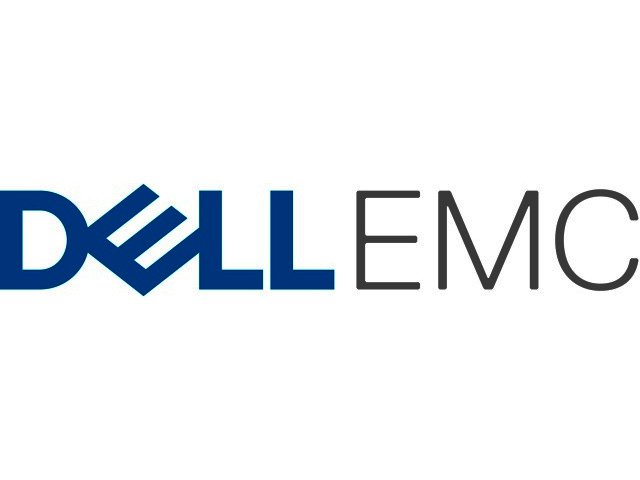While the first two entries in the Dell EMC Flash series and podcasts explored what flash is and why it is the future of primary storage, the next part, and the latest podcast, turns to the practical, delving into why flash storage is now a requirement for businesses rather than a luxury.
Rudi van Rensburg, senior manager for Primary Storage (All Flash) at Dell EMC began by debunking a persistent misconception that traditional hard drives, also called ‘spinning drives’ are still just as good from a business point of view. Rather, he stressed that Flash storage is far superior in terms of performance, while factors such as cost and reliability have surpassed spinning drives to make Flash storage the preferred choice among future-minded companies.
Beyond future proofing, and having the best possible solution underlying one’s systems, van Rensburg adds that there are four particular reasons why adopting All Flash makes sense from a business perspective, with it delivering visible, real rands-and-cents benefits beyond performance and efficiency gains.
Flash is a business case conversation
Van Rensburg notes that nobody discusses storage from the vantage of a business case. Storage is something that just sits in the background and does its job: a brick in the enterprise technology wall. This is not accidental. Spinning drive technology is decades old, so performance improvement has narrowed down to a trickle. Instead, when storage does come up, it’s usually to query redundancy and expansion plans.
But Flash is entirely different, as it’s very fast, so the performance shift quickly becomes evident, he continues. It is also the preferred medium of modern applications, thus new software investments really appreciate working with All Flash Storage systems. Van Rensburg explains that Flash also represents an ecosystem, not merely hardware. A Flash investment includes engineering and software that brings far more to the table than spinning drives ever could. This opens the door for technology conversations that really matter.
“We do a full flash assessment with a business-as-usual approach. This gives a business case perspective around the impacts on the business, financial, operational and performance of the company. You could never address spinning disks as a business driver,” he elaborates.

Flash speeds up applications
The application is the heart of any modern business, such as an ERP suite that plugs into the numerous organs of the company. Much of today’s technology investment goes toward ensuring that the application, which could be from vendors such as SAP, Oracle or Microsoft
(or completely custom-built), runs at its best level. Here Flash is a game changer, says van Rensburg.
“Flash lets us have true business conversations around storage, because it shifts the paradigm completely. We have clients who used Flash to drop their application speeds from 30 milliseconds to less than one millisecond, in some cases doubling turnover due to jumps in efficiency and productivity. With spinning disks you could never talk at that level, because application consistency was not really a storage challenge,” he adds.
3. Flash gives your servers more for less
Van Rensburg continues that companies look at two benchmarks to ensure success: how much money it brings in and how little it spends. Technology demands hefty investments, but offers little wiggle room. This is why slashing technology spend often also results in reduced company performance. It’s a delicate balance, yet Flash Storage creates a whole new space for efficiency and cost-savings - quite literally.
“Let’s assume your business needs 100 terabytes of storage space. On a typical server cabinet, that could take up two entire racks. But the flash equivalent takes up a quarter of a rack, even less on some chassis. We've seen customers populate the rest of the rack space with other data centre requirements, such as computing, network hardware, etc. It's more economical, because they can populate data centres differently,” he explains.
Flash is cheaper to maintain
There are several myths around Flash that no longer hold true. One is that Flash fails as often or more often than spinning drives. Yet the lack of spinning parts is a huge boon: enterprise-grade Flash can be up to five times more reliable than spinning media. There is such a thing as poorer grade Flash, thus a good Flash solutions provider must act as a buffer for quality control and price fluctuations, sourcing from several reliable vendors to ensure the best is used. They should offer a solid maintenance relationship as well, to ensure customers are not left in the lurch if something goes wrong.
“If you want to talk about the value of storage, talk about total cost of ownership. Power cooling reduction, floor space reduction and increased performance all help make Flash cheaper over the next 10 years over both spinning disks and hybrid disk systems. Some worry about support and consistency. This is why Dell EMC offers a guaranteed 11% cap on maintenance for the lifetime of the product. We also use our muscle to source from several reliable Flash vendors and also keep prices in check. But Flash is not the volatile technology it used to be. It’s become the gamechanger for modernising data centres,” he concludes.





